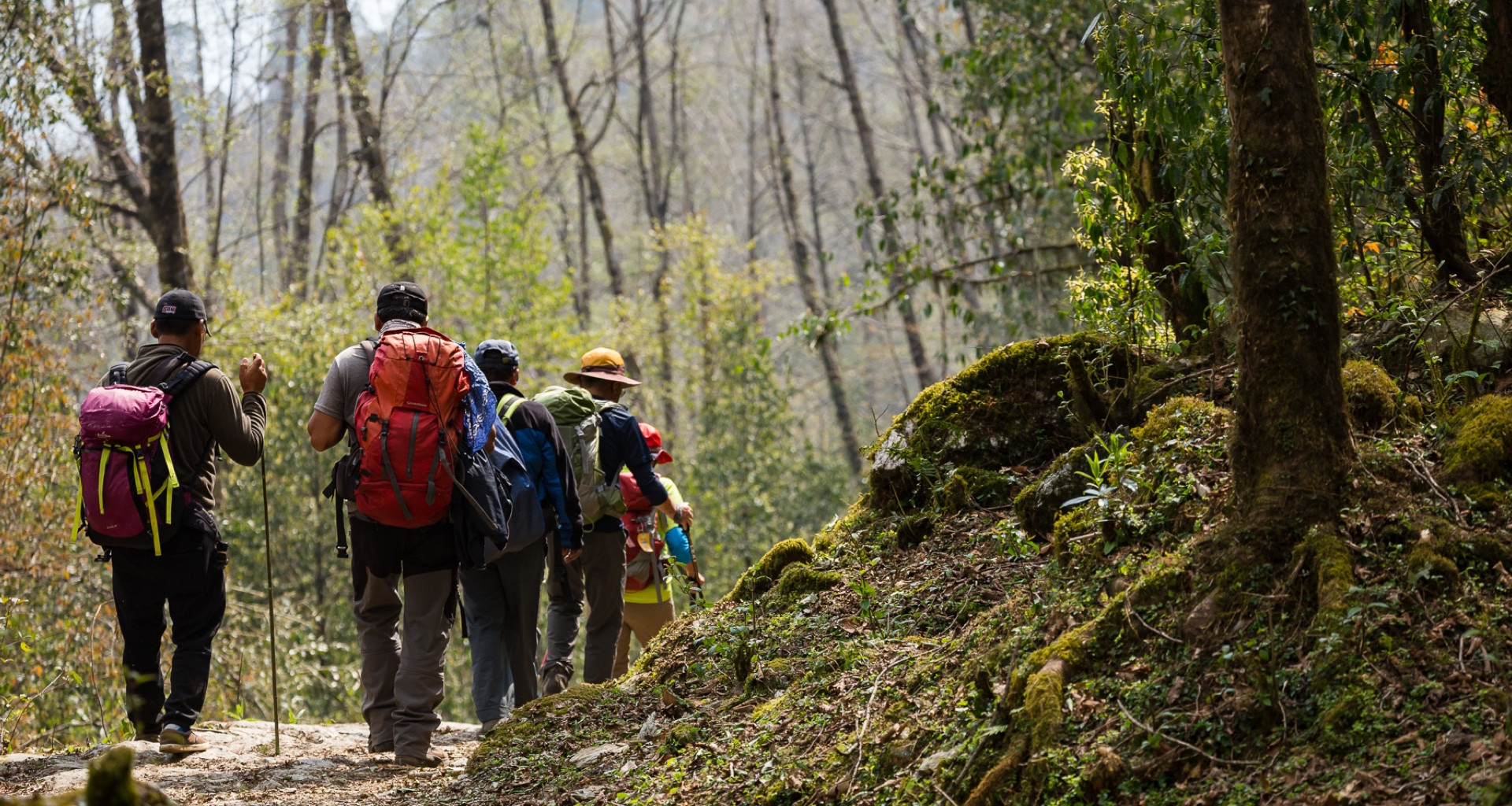Tourism is natural to Nepal. The country's extent of diversity ranging from ecosystems, flora and fauna, landscapes and cultures is incredibly rich and unique. From 60 meter altitude above sea level in the terai, it reaches to the highest point on earth, Mt. Everest (8848.86 meter), all within a distance of just 193 kilometers (average distance north to south). This tremendous variety of nature, biodiversity and peoples is the reason why tourists have long favored experiencing Nepal's pristine wilderness.
Almost half of the entire tourists coming to Nepal visit protected areas (PAs). Tourists prefer visiting PAs as they offer one-of-a-kind experiences that cannot be easily encountered elsewhere. Tourism in protected areas continues to provide significant opportunities for economic advancement to scores of rural communities, working as a powerful economic justification for conserving biological resources and natural heritage. The country ranks 37th in terms of travel and tourism direct contribution to GDP among 185 countries, with the industry directly supporting 497,500 jobs in 2017. By 2028, the industry is expected to rise to 638,000 jobs, 3.4% of total employment (WTTC 2018). With the country's promise to establish itself among the top tourist destinations in the region (South Asia), the Government of Nepal has envisioned the Nepal Tourism Year 2020, targeting to host 2 million tourists.
Understanding the significance of tourism in uplifting rural people's lives, NTNC works to ensure that tourism value remains indispensable to the role of nature and biodiversity conservation. The case of tourism success in the Annapurna region, benefitting both people and conservation, has been a foundational source of knowledge for tourism-focused protected area management initiatives throughout the country. Whereas, to the north of the country, we are focused on developing high-value trekking and adventure-related tourism capacity, in the terai national parks, to the south of the country, we concentrate on promoting wildlife tourism.
The fastest growing element of tourism is ‘nature-based’ tourism, and it involves experiencing natural places, typically through outdoor activities that are sustainable in terms of their impact on the environment. NTNC's work in sustainable tourism development extend from planning, designing, developing and promoting nature-based tourism related opportunities along with trail and hospitality infrastructure services, destination promotion to heritage conservation, implementing waste-management support systems, building local tourism entrepreneurship capacity and skills, among others. The development of nature-based tourism will have a multi-layer of benefits ranging from the benefits to local communities, protected area management, private sector, reducing deforestation and degradation, cultural heritage restoration, infrastructure improvement and national economy. Our long-proven success in implementing tourism-related projects come from working hands-on with the community, while simultaneously engaging closely with government, policy and private stakeholders to offer better experiences for our visitors. This we do by identifying global trends, leading innovations and implementing interventions that work as lasting solutions for community, conservation and country.

